Porsche Cayenne SUV 2023 Review
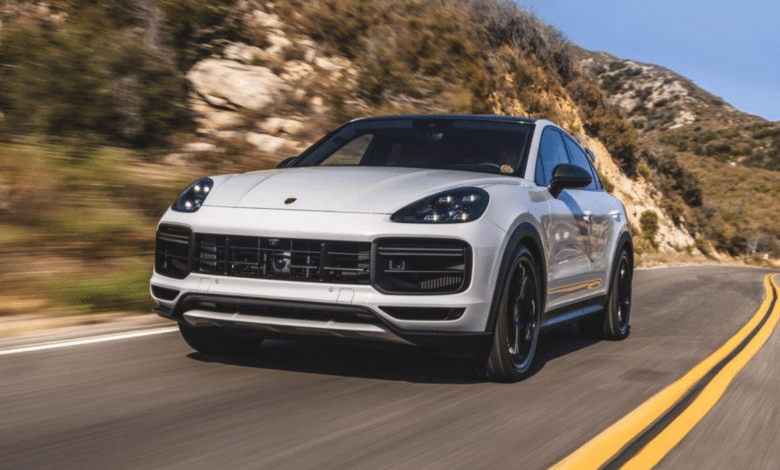
The Porsche Cayenne celebrated its 20th birthday last year, signalling the beginning of a crucial period for Stuttgart. In contrast to most sport utility vehicles on the road, the debut of an SUV with the Porsche mark sparked hostility among brand fans, leading many to question whether their favourite firm had gone insane. In the firm famed for its successful racing and quick road cars two decades later, SUVs have surpassed sports cars, but the Cayenne has more than shown its mettle in demanding off-road competitions like the Transsyberia Rally.
The Cayenne Turbo S completed its impressive list of accomplishments by becoming the first SUV to complete a loop of the Nürburgring Nordschleife in under eight minutes. In 2021, the Cayenne Turbo GT broke the previous record, reclaiming the title of the quickest SUV around the ‘Ring. Since its inception, the Cayenne portfolio has grown to include no less than seven basic models: the Cayenne, E-Hybrid, S, GTS, Turbo, Turbo S, E-Hybrid, and Turbo GT. These models are also offered in a so-called coupe body style, providing a more streamlined look.
If it seems expensive, it is, as is the difference in price between the least costly option ($74,650) and the most expensive option ($190,150; both prices include a $1,450 destination charge). The MSRP for these P vehicles may get outrageous when you add extras and purchase almost whatever you desire from Porsche. However, after the money is invested, one does receive quite a bit of performance, especially from the E-Hybrid model and higher.
The Cayenne’s base model comes with a respectably low 335 horsepower, but things pick up speed after that. The plug-in E-Hybrid increases to 455 horsepower from the Cayenne S’s 434 horsepower, making it much more potent for passing when required. However, unlike more pedestrian PHEVs, this one utilizes most of its electricity for speed and torque rather than the necessary around-town electric running. The V8 GTS (460 horsepower), Turbo (541 hp), Turbo GT (631 hp), and, lastly, Turbo S E-Hybrid (670 hp) are all placed above that.
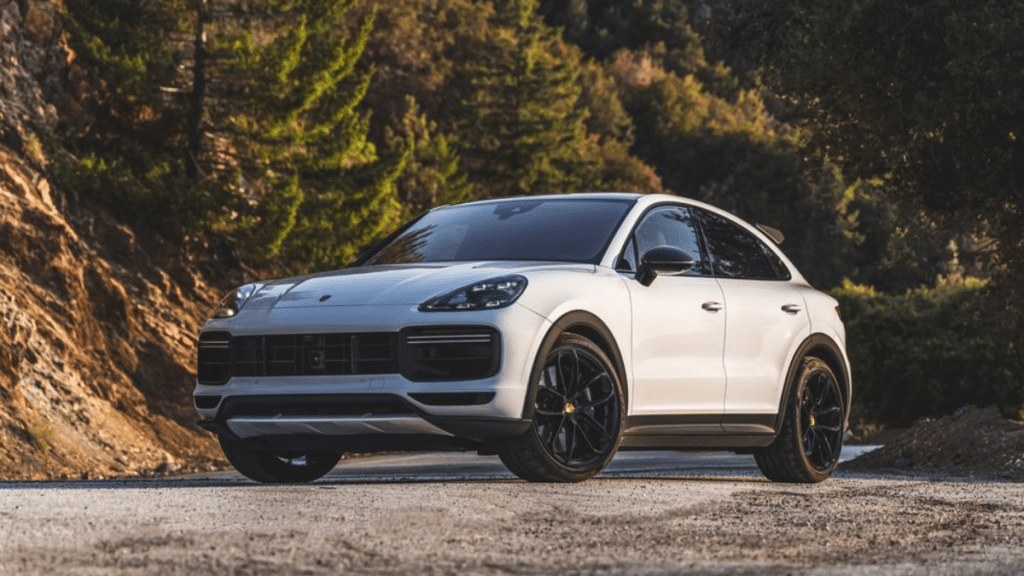
The BMW X5 and X5 M, which provide remarkable value considering BMW’s propensity for premium pricing, are the leading European cars against which the Cayenne faces competition. Regarding driver pleasure, BMW often includes more standard equipment in its models and ranks among the best competitors. The Audi Q8 is a newcomer to the performance sport-ute market, providing crisp styling in a sturdy package. It is connected to the SQ8 and RSQ8, as well. Another formidable competitor is the Mercedes-AMG GLE, which has mighty six- and eight-cylinder engines loaded with technology.
While the Cayenne received some significant improvements in 2018, including the debut of the Turbo GT and Platinum trims, 2023 will not see any substantial changes. With features like LED headlights with dynamic lighting, a panoramic roof, a Bose surround sound system, and 8-way adjustable sport seats, the Platinum adds customized paint and distinctively decorated interiors. Android Auto compatibility was initially introduced with the previous year’s Porsche PCM 6.0 multimedia system update. 2025, an electric Cayenne could be available, but the present model is still very functional.
Performance:Porsche Cayenne
The base model of the Porsche Cayenne series is a 3.0-litre turbocharged V6 with 335 horsepower and 332 pound-feet of torque, which can accelerate the vehicle from 0 to 60 mph in as little as 5.6 seconds. A 2.9-litre twin-turbo version of the same engine powers the Cayenne S, producing 434 horsepower and 405 lb-ft of torque for a 4.9-second zero-to-60 time. All Cayennes have an eight-speed automatic gearbox, from the base models to the top Turbo GT. The Cayenne doesn’t offer a Porsche PDK or manual transmission.
Drivers must apply aggressive throttle pressure to achieve maximum acceleration because this Porsche doesn’t feel as eager as some of the brand’s sports cars. The E-Hybrid, which sits above the S, couples an electric motor to the 3.0-litre V6 from the base Cayenne to produce 455 system horsepower and reach 60 mph in just 4.7 seconds. The 17.9 kWh battery in the E-Hybrid allows it to go 17 miles on electric power alone. Still, you can only anticipate modest acceleration until the gas engine, which produces a combined 516 lb-ft of torque, engages.
The 4.0-liter V8 in the GTS variant has excellent performance-oriented specs (453 horsepower and 457 lb-ft), which may reduce the time from zero to 60 mph by as much as a half-second. In addition to reaching 60 mph in as little as 2.8 seconds, the Turbo (541 horsepower), Turbo S E-Hybrid (670 hp), and Turbo GT (631 hp) versions punch to the next level of performance. These more potent variations may also reduce their perceived body weights with more aggressive suspension tuning and lower ride heights.
However, since the Cayenne is designed to be a performance vehicle, even the basic model may be specified with adaptive air suspension ($4,170), active chassis control ($3,590), and Porsche Active Suspension Management ($2,000). Porsche Torque Vectoring Plus ($1,500) improves handling, while rear axle steering ($1,620) makes the Cayenne seem more agile at low speeds while boosting stability at higher velocities.
The Cayenne can defy the high-riding genre when aggressively outfitted, feeling like a sports car on stilts and offering gut-wrenching acceleration and exhilarating handling. However, higher-level packages are required to meet the performance’s maximum limits and have a significantly increased MSRP. The Cayenne is a solid option for utility thanks to its 7,700-pound (lineup-wide) towing capability, and you’ll likely see more than one of them pulling a track toy at your nearby racetrack.
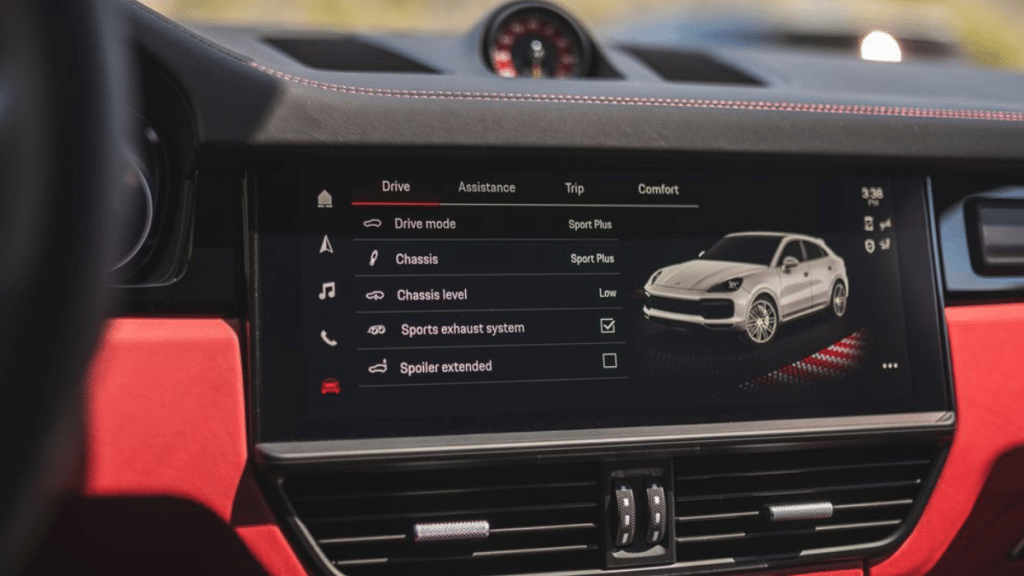
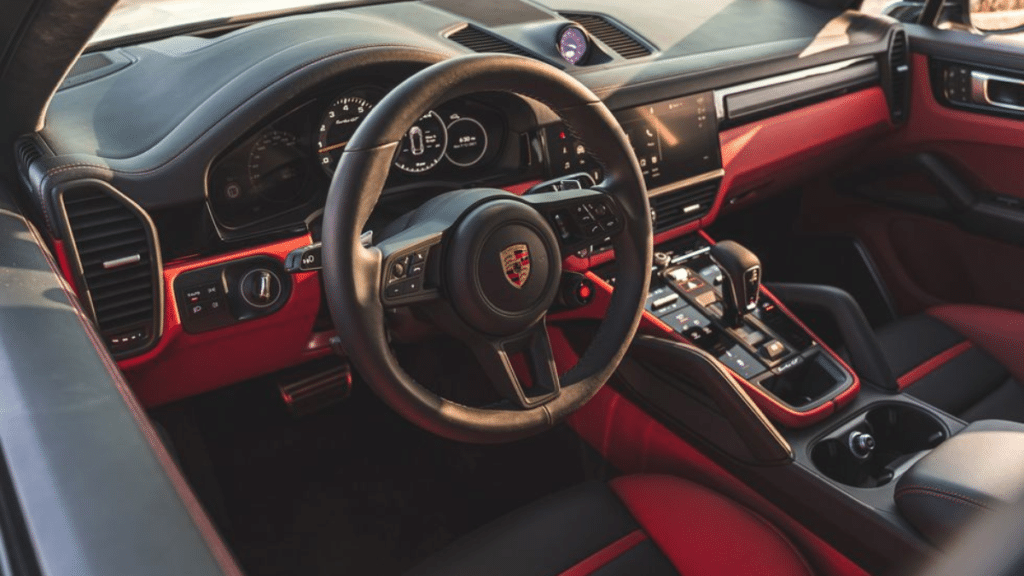

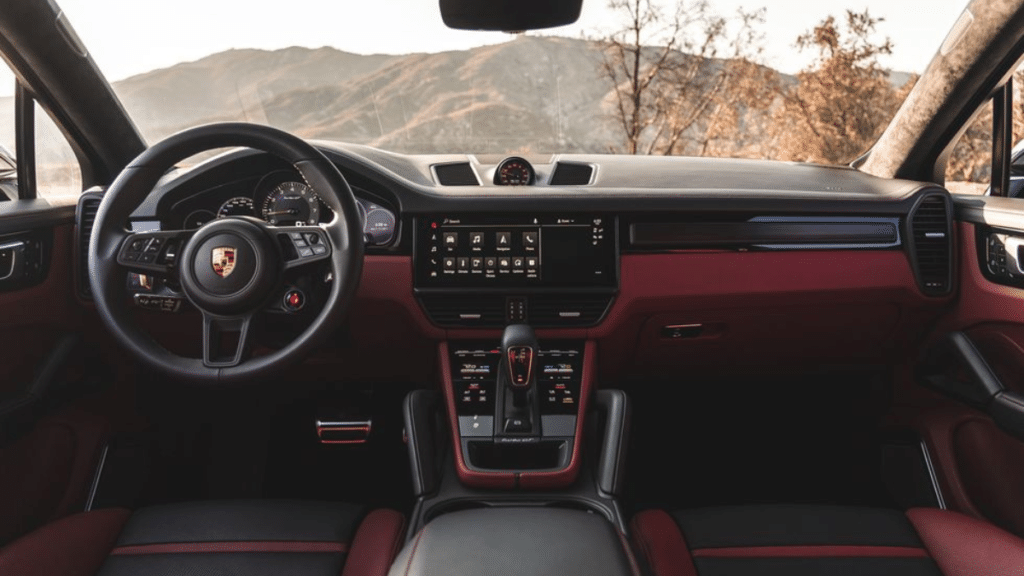
Fuel efficiency: Porsche Cayenne
Although Porsche prioritizes unrelenting performance, its drivetrains may sometimes provide respectable fuel efficiency numbers. The E-Hybrid plug-in variant gets a combined 21 mpg, or 46 MPGe, when the battery is wholly charged after 4 hours, compared to the regular model’s 19 city mpg and 23 highway mpg.
Even though the most fuel-efficient SUVs in this class get far better economy, only a handful of those four-cylinder vehicles can compete with the Cayenne. But the Cayenne falls short of its six-cylinder competitors. The BMW X5 sDrive40i gets 22 mpg with all-wheel drive and 23 combined. With a light right foot, the xDrive45e PHEV can go 31 miles on electricity and is capable of 50 MPGe.
The Cayenne consumes more fuel the faster you go: the Turbo S E-Hybrid recovers one mpg, bringing the combined number up to 18 mpg, while the more potent GTS decreases it to 17 mpg. The Turbo GT houses Porsche’s most powerful V8 ever, yet its fuel efficiency statistics have not yet been made public. This compares well to the Audi SQ8 and RSQ8 and is about on par with the X5 M50i and X5 M.
Safety & Driver Support
The 2022 Porsche Cayenne has not yet received a rating from the National Highway Traffic Safety Administration (NHTSA) or the Insurance Institute for Highway Safety (IIHS). Still, in evaluations by the European New Car Assessment Program (Euro NCAP), an EU organization conducting comparable tests, the Cayenne and the related Audi Q8 (which shares many of Porsche’s chassis components) received five out of five stars.
There are several safety and accident prevention measures, including many airbags and other active safety elements, although many are extra-cost. Automatic emergency braking and a few different functions are included as standard equipment, but Porsche’s InnoDrive assistance package, which includes adaptive cruise control and lane centring, costs up to $6,290 more.
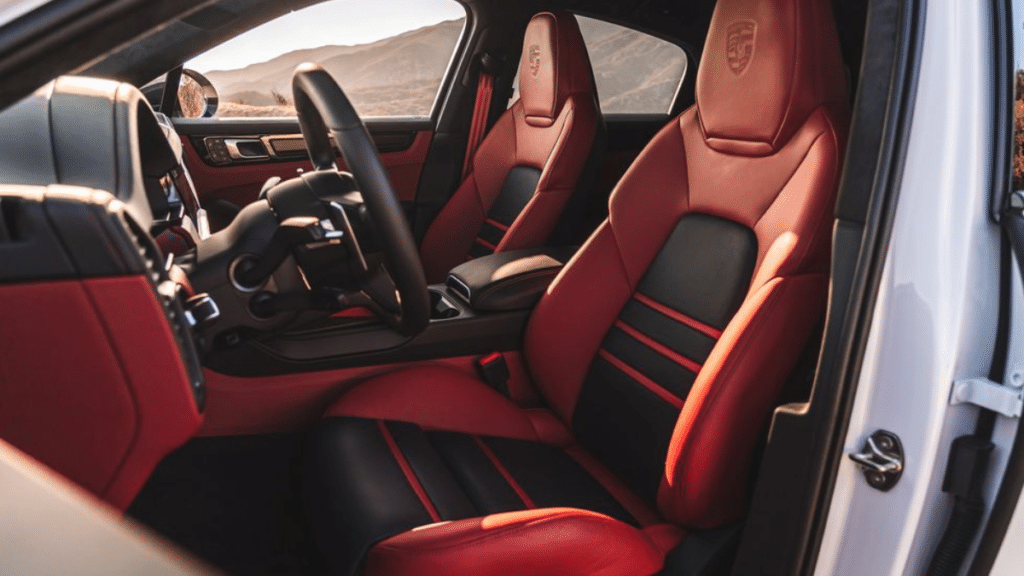

Comfort and Space
Even though it may not have the most significant interiors, the premium midsize Cayenne has adequate capacity for at least four full-sized adults to feel comfortable. The inside of the Porsche isn’t nearly as spacious as the BMW X5 or X6 (compared to the Cayenne Coupe), but it isn’t substantially more cramped either.
Although there are many choices for front seats that provide a range of adjustability, heating, cooling, and massage capabilities, the overall sensation is one of sporting support rather than a plush luxury. Even though they are pricey, very few of its rivals include rear set heating and cooling, which Porsche does on the Cayenne.
Infotainment:Porsche Cayenne
Porsche’s 12.3-inch multimedia touchscreen is quick, easy to use, and nicely put out, although the excessive starting prompts may become annoying. A standard Wi-Fi hotspot and simple phone integration are provided through CarPlay and the recently introduced Android Auto.
Stereos are available from a basic model to a 14-speaker Bose system to an exceptional 21-speaker Burmester configuration. A physical volume dial is an extra perk for the design, mainly touchscreen-focused otherwise. Rear entertainment systems with two 10-inch displays are available and cost $1,610, as they are on some bigger luxury SUVs.
Storage & Cargo Space:
The Porsche Cayenne isn’t designed for heavy-duty freight-carrying capabilities, partly because of its sporty aspect and because it is similar to its smaller Macan sibling. While basic versions have a 27.2-cubic-foot cargo capacity (or a 60.3-cubic-foot capacity with the back seats folded down), coupe and hybrid variants have even smaller storage spaces (17.6 and 50.8 cubic feet on Hybrid coupes, respectively). These numbers are below average for such a large vehicle, even if they are not the worst in the class.
Comparatively speaking, the BMW X5 M provides 33.9 cubic feet of cargo space, or 72.3 cubic feet when the back seat is folded; the Mercedes-AMG GLE 63 S 4Matic + provides 33.3 and 74.9 cubic feet for the same measures; Audi’s RS Q8 provides 30.5 and 60.7 cubic feet; and Jaguar’s F-Pace SVR provides 31.5 and 69.1 cubic feet.
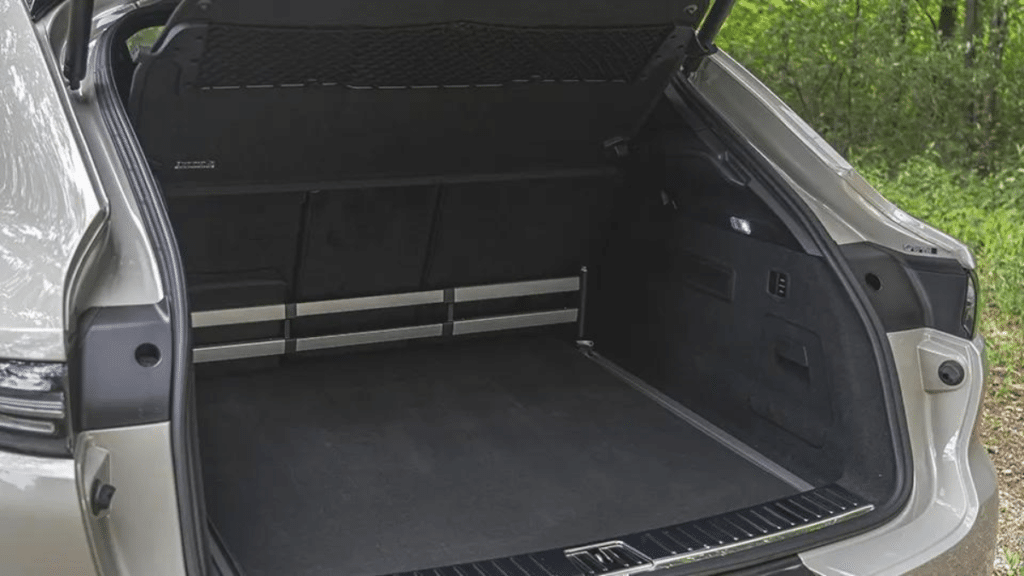
Design:Porsche Cayenne
The Porsche Cayenne’s design has grown on us; it hasn’t seen much alteration since the launch of the current third-generation model in 2017. However, the current Cayenne’s plan is neither repulsive nor surprising; instead, it comes off as flat, a sport utility vehicle that accomplishes its objectives thanks to its excellent fit and finish and a general feeling of practical efficiency.
The Cayenne’s interior isn’t glamorous or flowery but practical and driver-focused, which most purchasers want. Additionally, there are many options to customize it, like customized sill guards, vibrant colours, seatbelts with contrast stitching, and wood trim.
Is the 2023 Porsche Cayenne Worth it?
For better or worse, the brand can build up a large MSRP when the relevant option boxes are selected, proving the old assumption that Porsches grow pricey with extras is accurate. However, the E-Hybrid model, which begins at $87,950 and has enough power to live up to the Porsche brand, is what we would choose if we had to spend our money. The more streamlined coupe body is also offered for each grade, although priced at $8,500.
We advise selecting the $4,070 Premium Package, which, at the very least, offers Lane Change Assist and power 14-way front seats with ventilation (as well as heated front and rear seats). The $1,200 surround vision camera and the $2,000 adaptive cruise control option are good. Beyond that, practically anything is possible since you can choose from a wide range of interior upgrades, more than a dozen different wheel types, and even have your Cayenne painted a unique colour for $11,340.
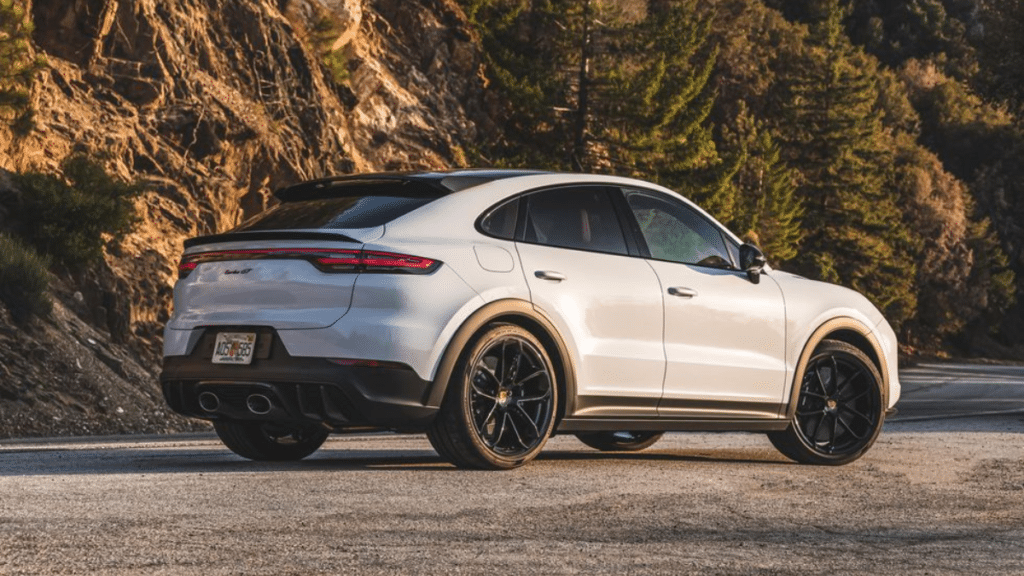
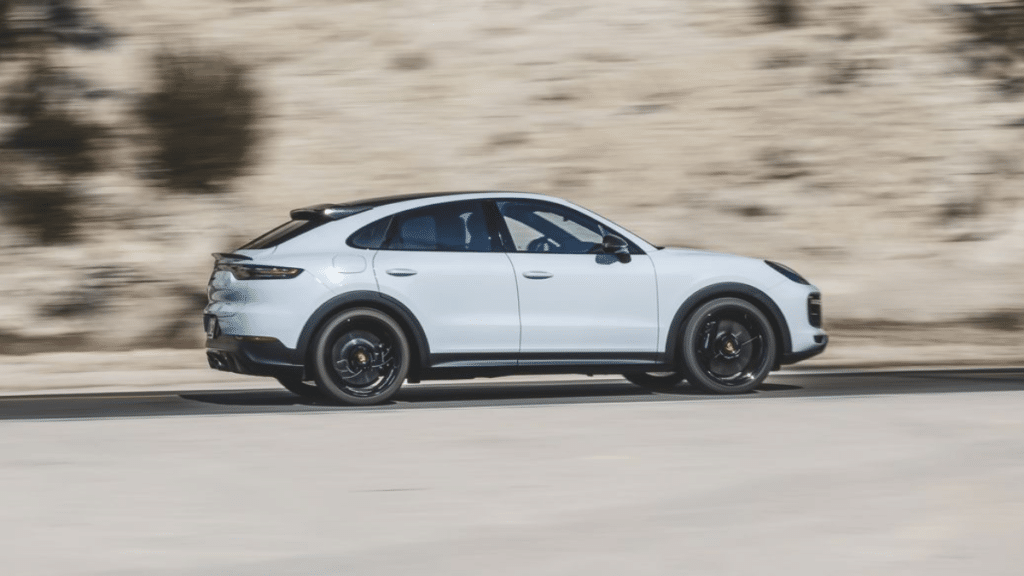


How Much Does the Porsche Cayenne Cost to Insure?
The insurance rates for the Cayenne vary widely since there are so many different SUV models. Our statistics show that the standard Caynne’s average yearly premium for a typical 30-year-old female driver with a clean driving record is $2,877, but that figure climbs to $3,327 for the Coupe S, $3,481 for the E-Hybrid, and $4,067 for the Turbo S E-Hybrid. This is more expensive than the comparable Jaguar F-Pace but is equal to the price of the Mercedes-AMG GLE and the six-cylinder BMW X5 and X5 M.
Verdict
The Porsche Cayenne SUV series is one of the few that provides as much variety in on-road performance, off-road capabilities, and practical appeal. Porsche’s Cayenne lineup, available in six model variants and two body styles, has expanded enough offshoots to satisfy every driving enthusiast looking for everything from an essential, fuel-efficient commuter appliance to an all-out, track-capable performance beast. These models range from the efficient SUV-shaped E-Hybrid to the outrageous Coupe Turbo GT. Nothing quite compares to the technical perfection that gives Cayennes a feeling of being deliberately built, delightfully quick, and firmly put together while being expensive in its most extreme forms.




